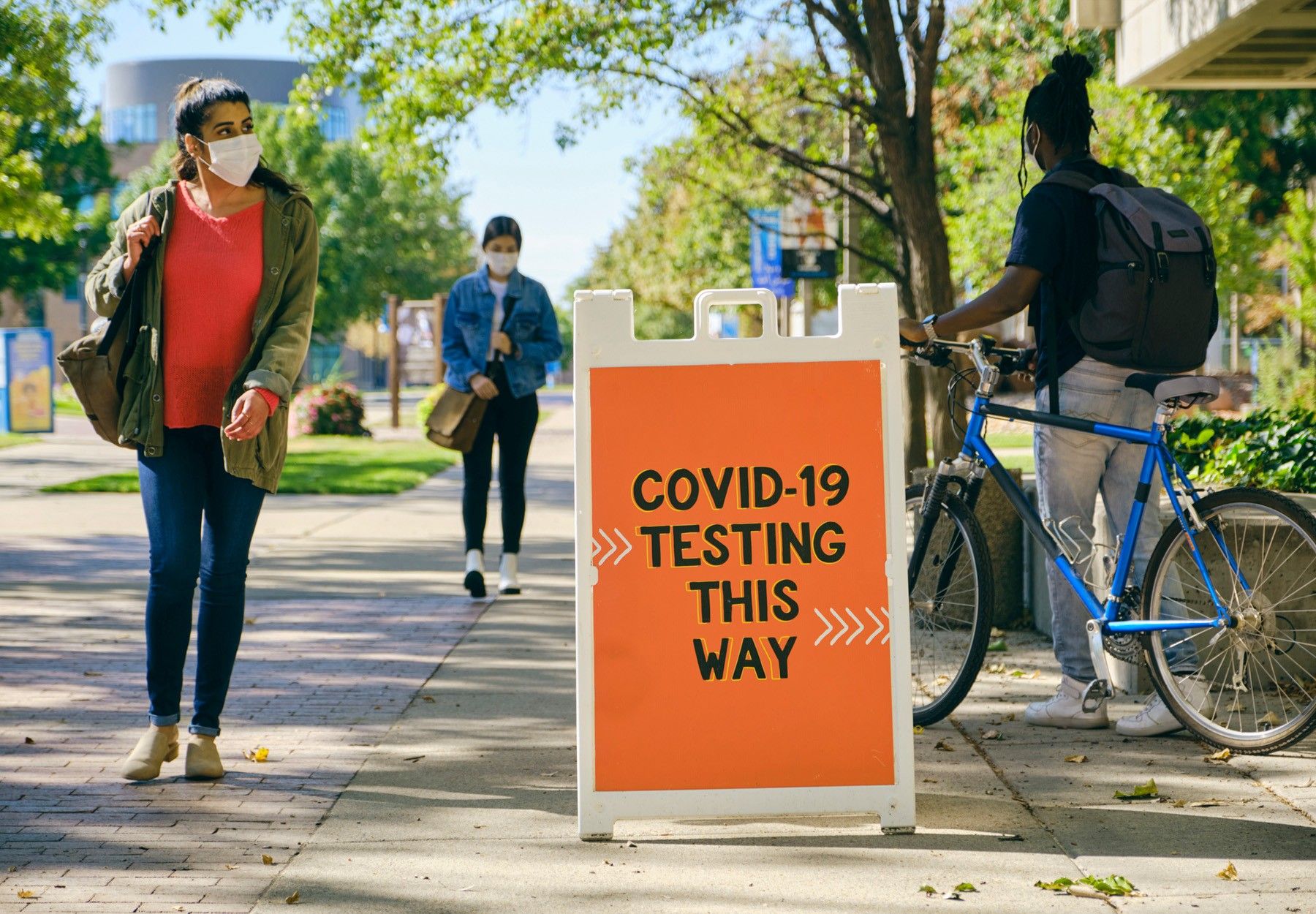Plunging Test Rates Threaten Efforts to Detect New SARS-CoV-2 Variants
Despite the emergence and rise of new Omicron variants, COVID-19 testing has declined as much as 90 percent, according to some reports.

The COVID-19 pandemic is still going on. But apparently, the world has not gotten the memo. Despite the emergence and rise of new Omicron variants in the US, South Africa, and other places, COVID-19 testing has fallen off the map, declining between 70 percent to 90 percent worldwide, according to some reports.
Testing Tails Off as New Cases Rise
According to data from Johns Hopkins University cited in a story from the periodical Modern Healthcare, there have been an average 73,633 reported daily cases in the last week of April and first week of May. That is a worrisome increase of 40 percent. And that high count does not account for all the cases that are going undetected either because people are not getting tested or are testing themselves at home but not reporting the results to the public health agency in charge of compiling new case data. According to Modern Healthcare, one estimate from a modeling group at the University of Washington suggests that only 13 percent of cases are being reported to health authorities in the US, suggesting that there are actually over half a million new infections each day.
Global Summit Tackles COVID-19 Complacency
First, the good news. World leaders from 35 countries, including the US which served as one of the hosts, have agreed to fund $3.1 billion worth of global COVID-19 response projects. The bad news is that the goal heading into the virtual summit was to raise $10 billion for global pandemic response. Still, participants pronounced the summit a victory against COVID-19 complacency at an important time where vaccination efforts are waning, testing rates are plunging, and concerns about inequitable access to antiviral medications are buzzing.
COVID-19 fatigue and complacency is part of what is driving the decline in testing in the US and other developed countries. (See sidebar) After bottoming out at the end of the first Omicron surge, testing has rebounded in response to the newest increase in case rate. In addition, utilization remains significantly higher in the developed world than in low-income countries where testing is often perceived as a waste of time given the lack of access to antiviral medications. According to public health non-profit FIND’s SARS-CoV-2 Test Tracker, the number of tests per 1,000 people in high-income countries is about 96 times higher than it is in low-income countries.
Home Testing Blinds the COVID-19 Variant Tracking Radar
In addition to massively increasing exposure, the drop off in COVID-19 testing is making it harder to monitor the pandemic and quickly spot new mutations of the virus as they emerge. Testing data associated with spikes in new cases have proven critical for rapid discovery of new variants. But as testing declines, scientists that track emerging variants have less data to work with.
The problem stems not simply from test volume but also test modality, namely increased reliance on at-home testing. Detection of variants relies on tests performed and reported by laboratories. In addition, laboratories provide a supply of positive samples that can be used for sequencing. Although home tests are faster and more convenient than laboratory tests, they do not generate the data and samples scientists need to spot new variants.
The other downside of home tests is that there is no uniform mechanism for reporting test results generally to government health agencies in charge of tracking case rates and the current state of the pandemic the way there is with laboratory tests. The current system encourages individuals to report their test results to their doctors and require the doctors to report positive COVID-19 diagnoses to public health agencies. But the rules differ from region to region. The bottom line is that positive at-home COVID-19 test results frequently go unreported.
Subscribe to Clinical Diagnostics Insider to view
Start a Free Trial for immediate access to this article